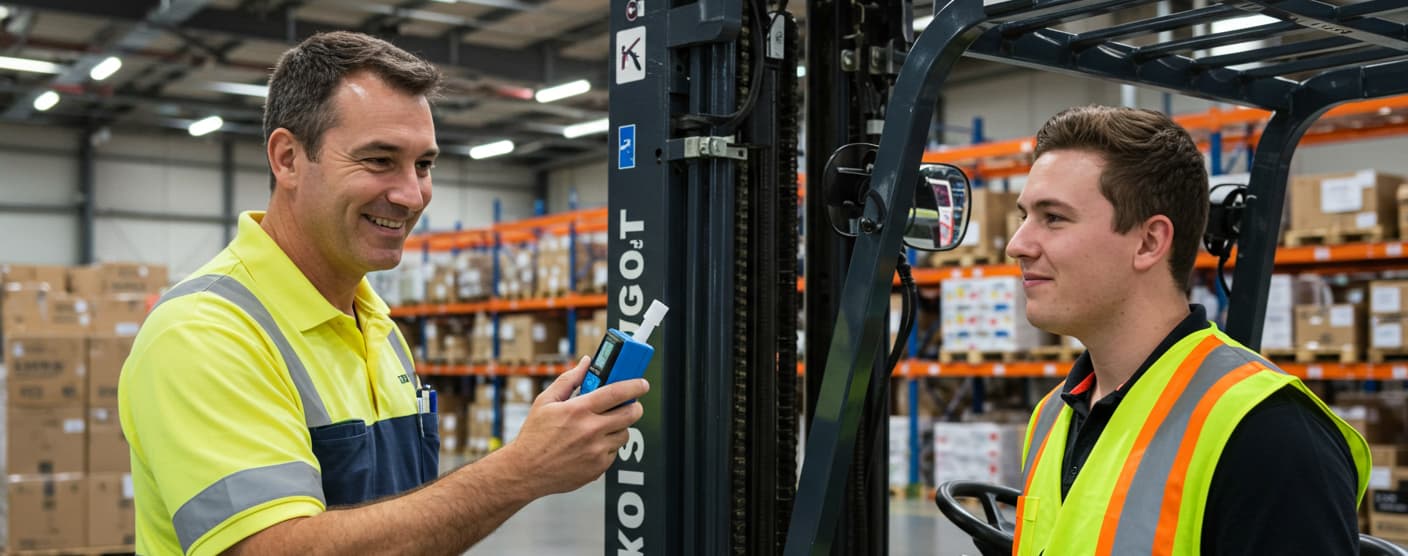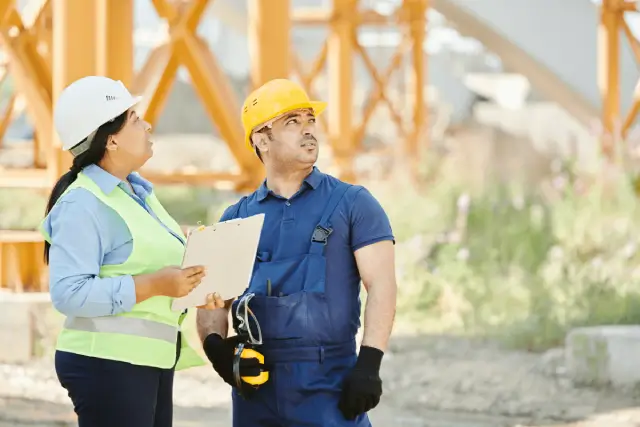Health and safety should be the priority of every business, big or small. Business owners must initiate a work health and safety course for their employees. When employees and all those associated with the business are valued and protected, a business is guaranteed to grow.
In today’s post, we will highlight the importance of workplace health and safety and discuss employer responsibilities and ways to create a safe workplace for everybody. But first, let’s have a look at the model WHS laws.
WHS Act 2011
The Work Health and Safety Act of 2011 is the piece of legislation that enshrines the principles of health and safety in every Australian workplace. It places a range of duties on the employer to take all measures (so far as is reasonably practicable) to prevent or reduce workplace risks. Safe Work Australia, a national policy body, is responsible for the development and evaluation of the WHS Act 2011.
The model WHS laws have been developed for implementation by all jurisdictions, including the Commonwealth, states, and territories.
Why Is It Important?
In a global context, promoting a safe and healthy work environment is part of the sustainable development movement. When employers, managers, workers, suppliers, and contractors work together to create a safe workplace, we answer to the United Nations’ universal call to create a liveable world for the present and future generations.
In Australia, workplace health and safety management entails sensibly managing risks to protect workers and the business itself. Let’s elaborate on its importance and why businesses and organisations should not neglect it.
1. It makes good business sense.
Promoting workplace health and safety is always morally right. There’s also a very strong business case for having the best practices in regard to health and safety in the workplace. Companies and organisations operating with a strong health and safety culture can improve efficiency, but how exactly?
Firstly, they can reduce risks, ultimately lessening the likelihood of incidents and fatalities. It’s worth remembering that a safer workplace is a happier workplace. It boosts staff morale and productivity, leading to improved staff turnover rates.
There are fewer absences as well. And if no accident occurs in the workplace, then it means that there are no paperwork and court settlements. Companies need not deal with reputational damage and higher insurance costs.
As such, health and safety procedures should be considered an investment rather than an expense. The above-mentioned perks of having a safe workplace are just as vital as any other measurable objective.
2. It encourages social responsibility.
The importance of corporate social responsibility has become more apparent over the past few years. As mentioned above, there’s an expectation from society that businesses are held accountable for their ethical practices. Every business has to ensure that its employees, visitors, and customers are never put in harm’s way during the course of business operations.
Therefore, companies and organisations should let their members take a work health and safety course. When employees know how to deal with the risks when performing their jobs, they can help prevent workplace accidents. This is especially crucial for industries that are deemed more dangerous than others.
3. It promotes employee health and wellbeing.
Apart from the safety of their employees, an employer’s duty of care also includes all aspects of their employees’ health and wellbeing, including mental health. From managing day-to-day risks to checking that their staff are not working excessive hours and aware of who to turn to when raising any concerns, employers have to implement good practices that promote health and wellbeing.
Workers also must be free from discrimination and protected from bullying and harassment. They must feel safe and appreciated at work. Relevant research shows that workers are more productive and efficient in workplaces that are committed to health and safety.
This is all to say that work health and safety management is a source of competitive advantage. It builds trust among the staff. It also secures long-term benefits for the employers, the business, and the wider community.
What to Do to Improve Workplace Health and Safety
It’s good to know what things an employer can do to improve health and safety in the workplace, and we’ve listed some of them below:
- Implement a workplace health and safety management system. This should include written policies setting out your business’ commitment. The written policy should be reviewed annually or more often where necessary.
- Organisations and companies should lead from the top down. If senior management makes it clear that they take health and safety seriously, then workers are much more likely to comply with controls.
- Supervisors and managers ought to learn more about risk management. They should actively discourage negative behaviours such as taking risks to save energy.
- Improve health and safety competence by providing training courses.
- Get workers involved in risk assessment.
- Set up health and safety representatives and support them.
Top 3 Hazards to Eliminate in a Workplace
Depending on the nature of their job, employees are exposed to different types of hazards.
- Physical hazards – Environmental factors that can lead to injuries, including exposed electrical wiring, wet floors, falling objects, and other conditions that can cause slips, falls, cuts, or other injuries.
- Chemical hazards – Chemical hazards include cleaning products, acids, pesticides, petroleum products, and other substances that need to be handled responsibly with proper PPE. These can be inhaled as gas or vapours. When they come in contact with skin as a liquid or solid, they can cause skin irritation, burns, blindness, respiratory problems, and other serious health complications.
- Psychological hazards – These hazards can lead to depression, inattention, negligence, or concentration problems. Examples include fatigue, harassment, and violence.
In a work health and safety course, employees get to learn about these hazards and how to avoid them.



